Home>Garden Essentials>Landscape Design: How To Group Plants
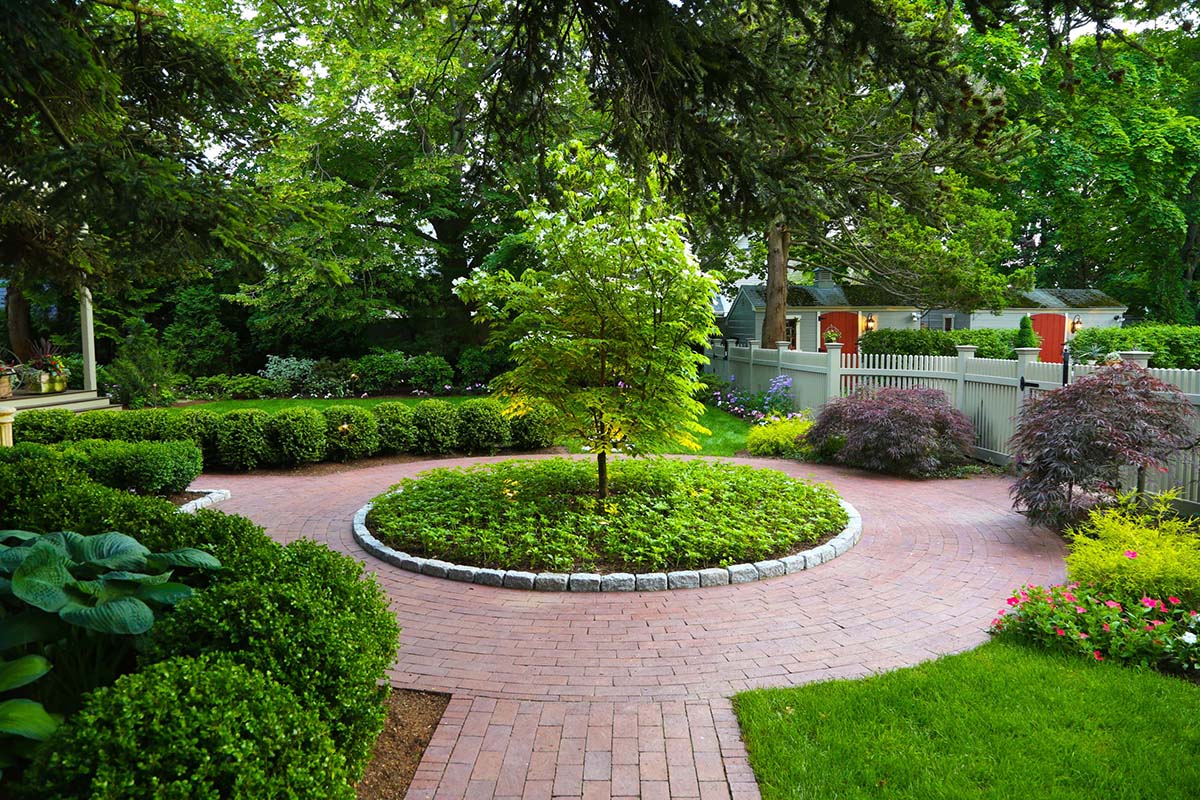

Garden Essentials
Landscape Design: How To Group Plants
Modified: September 2, 2024
Discover the art of landscape design and learn how to expertly group plants in your garden. Transform your outdoor space with stunning garden arrangements.
(Many of the links in this article redirect to a specific reviewed product. Your purchase of these products through affiliate links helps to generate commission for Storables.com, at no extra cost. Learn more)
Introduction
When it comes to designing a beautiful and thriving garden, careful planning and consideration are vital. One of the key elements to consider is how to group plants effectively. Plant grouping refers to the strategic arrangement of plants based on their characteristics, such as size, color, texture, and growth habits. This technique not only enhances the overall aesthetics of the garden but also plays a crucial role in the plants’ health and well-being.
In this article, we will delve into the benefits of grouping plants and explore the principles and techniques involved in this artful landscaping practice. By understanding how to group plants properly, you can create visually stunning garden spaces that showcase the natural beauty and diversity of plant life.
Key Takeaways:
- Grouping plants in your garden based on their water and sunlight needs can create a visually appealing and low-maintenance landscape while ensuring the plants thrive in their optimal conditions.
- Techniques like mass planting, border planting, layered planting, and contrast planting offer creative ways to design your garden, adding depth, structure, and visual interest to your outdoor space.
Read more: How To Group Plants In Landscaping
Benefits of Grouping Plants
Grouping plants in your garden offers numerous advantages that go beyond mere aesthetics. Here are some key benefits of plant grouping:
- Better visual appeal: When plants are grouped together based on their characteristics, such as color and texture, it creates a visually pleasing scene. The cohesive arrangement creates a sense of harmony and balance in the garden.
- Enhanced plant health: Plant grouping enables the creation of microclimates that cater to specific plants’ needs. By grouping plants with similar water and sunlight requirements, you can ensure they thrive together, leading to healthier growth and reduced maintenance efforts.
- Attract beneficial insects and wildlife: By creating plant groupings that cater to specific pollinators or beneficial insects, such as butterflies, bees, or hummingbirds, you can attract a diverse range of wildlife to your garden. This promotes pollination, biodiversity, and a healthy ecosystem.
- Effective space utilization: Grouping plants allows for efficient use of space in the garden. By planting closer together and utilizing layers or vertical growth patterns, you can maximize the available area, especially in smaller gardens or urban spaces.
- Weed suppression: When plants are densely grouped, they create a natural mulch that helps suppress weeds. The close planting and shading created by the plants’ leaves prevent sunlight from reaching weed seeds, inhibiting their growth.
- Low maintenance: Plant grouping can simplify maintenance tasks. By grouping plants with similar care requirements, you can streamline watering, fertilizing, and pruning efforts. This saves time and ensures that the garden remains healthy and vibrant with minimal effort.
- Seasonal interest: By carefully planning plant groupings, you can ensure year-round visual interest in your garden. By incorporating plants with different blooming seasons or foliage colors, you can enjoy a garden that evolves and delights throughout the year.
With these benefits in mind, let’s now explore the principles that guide effective plant grouping in landscape design.
Principles of Plant Grouping
When it comes to grouping plants in your garden, there are several principles to keep in mind. These principles will help you create cohesive and visually appealing plant groupings that thrive together. Let’s explore these principles in detail:
- Plant Compatibility: Group plants that have similar growing requirements and are compatible with each other. Consider factors such as soil type, pH level, and water needs. For example, grouping together plants that prefer well-drained soil will prevent waterlogging issues and promote healthier root systems.
- Similar Water Requirements: Group plants with similar water needs together. This ensures that each plant receives the appropriate amount of water without over or under watering. Combining plants with different water requirements can result in some plants struggling or becoming waterlogged while others may become dehydrated.
- Similar Sunlight Needs: Consider the sunlight requirements of each plant and group them accordingly. This helps ensure that all plants within a grouping receive the appropriate amount of light for optimal growth. Avoid placing sun-loving plants in the shade or shade-loving plants in direct sunlight.
- Harmonizing Colors and Textures: Select plants with complementary or contrasting colors and textures to create visually appealing groupings. Incorporating a variety of foliage textures and flower colors can add depth and interest to your garden. Experiment with different combinations to find what works for your aesthetic preferences.
- Creating Focal Points: Choose a standout plant or a combination of plants within a grouping to serve as focal points. These focal points will draw attention and create visual interest in your garden. Consider plants with unique or striking features, such as vibrant flowers, interesting foliage, or architectural forms.
By following these principles, you can create plant groupings that not only look visually pleasing but also provide an optimal growing environment for each plant. Now, let’s explore some techniques for grouping plants effectively.
Plant Compatibility
When grouping plants in your garden, it’s essential to consider their compatibility with one another. Plant compatibility refers to the ability of different plants to grow well together in terms of their cultural and environmental requirements. By selecting plants that are compatible, you can create harmonious and thriving plant groupings. Here are a few factors to consider when assessing plant compatibility:
- Soil Type and pH: Different plants have specific soil preferences in terms of texture and acidity. Some prefer well-drained soil, while others thrive in moist or sandy soil. Additionally, the pH level of the soil can vary, with some plants preferring acidic soil and others neutral or alkaline. Grouping plants with similar soil requirements ensures that they will thrive together without one plant overpowering the other.
- Watering Needs: Plants have different water requirements, ranging from drought-tolerant to moisture-loving. When grouping plants, consider their water needs and group those with similar preferences. This way, you can avoid overwatering or underwatering certain plants, ensuring optimal growth and health.
- Maturity and Growth Habits: It’s important to consider the mature size and growth habit of plants when grouping them. Some plants may spread or vine out, while others may grow upright or form clumps. By selecting plants with similar growth habits, you can prevent overcrowding or overshadowing within the grouping.
- Light and Sun Exposure: Plants vary in their light requirements, with some preferring full sun, partial shade, or full shade. When creating plant groupings, consider the amount of sunlight the area receives and select plants that thrive in those conditions. Grouping plants with similar light requirements ensures that they receive appropriate sun exposure for healthy growth.
- Climate and Hardiness: Take into account the climate and hardiness zone of your gardening region when selecting plants for grouping. Grouping plants that are well-suited to the local climate ensures their ability to withstand temperature fluctuations, frosts, or extreme weather conditions.
By considering these factors and selecting plants that are compatible with one another, you can create plant groupings that thrive and support each other’s growth. This promotes a healthy and visually appealing garden. Now, let’s explore another principle of effective plant grouping: similar water requirements.
Similar Water Requirements
When it comes to grouping plants in your garden, considering their water requirements is essential for their overall health and success. Grouping plants with similar water needs ensures that each plant receives the appropriate amount of water, preventing under or over-watering. Here are some key factors to consider when grouping plants based on their water requirements:
- Drought-Tolerant Plants: Some plants have adapted to survive in dry conditions and require minimal watering. These drought-tolerant plants can be grouped together to create a low-water maintenance garden area. Examples of drought-tolerant plants include succulents, lavender, and Russian sage.
- Moisture-Loving Plants: Other plants thrive in moist or humid conditions and require regular watering. These moisture-loving plants can be grouped together in areas where water is readily available, or in garden spaces with good drainage to avoid waterlogged soil. Examples of moisture-loving plants include ferns, hostas, and certain varieties of hydrangeas.
- Watering Frequency: Consider the frequency of watering required by different plants when creating groupings. Group plants that require regular watering together, as they will have similar moisture needs. Conversely, group plants that require infrequent watering separately to avoid overwatering more delicate species.
- Irrigation Systems: If you have an irrigation system in your garden, consider grouping plants with similar water requirements in zones to enable more efficient watering. This will allow you to tailor the watering schedule for each zone based on the plants’ needs, promoting healthier growth and conservation of water resources.
- Watering Techniques: When grouping plants with different water requirements, it is essential to consider the watering techniques you will use. For example, you can use drip irrigation or soaker hoses in areas with drought-tolerant plants, providing slow and targeted watering. In contrast, areas with moisture-loving plants may benefit from overhead sprinklers or misting systems to mimic natural rainfall.
By grouping plants with similar water requirements, you can ensure that each plant receives the appropriate amount of water, promoting healthy growth and minimizing water waste. This approach simplifies watering tasks and conserves water resources, making your garden more sustainable. Now, let’s explore the next principle of effective plant grouping: similar sunlight needs.
Read more: How To Choose Plants For Landscaping
Similar Sunlight Needs
When grouping plants in your garden, it’s important to consider their sunlight requirements. Plants have diverse adaptations to sunlight, with some thriving in full sun, others preferring partial shade, and some thriving in full shade. Grouping plants with similar sun exposure needs ensures that they receive the appropriate amount of sunlight for healthy growth. Here are some key considerations when grouping plants based on their sunlight needs:
- Full Sun Plants: Some plants require direct sunlight for at least six hours a day to thrive. These full sun plants should be grouped together in areas that receive ample sunlight without being shaded by nearby trees or structures. Examples of full sun plants include roses, sunflowers, and many herbs like basil and rosemary.
- Partial Shade Plants: Many plants prefer some shade during the hottest part of the day or thrive in dappled sunlight. These partial shade plants should be grouped in areas that receive filtered light or areas shaded by trees or structures. Examples of partial shade plants include hostas, ferns, and impatiens.
- Full Shade Plants: Some plants thrive in areas with minimal or no direct sunlight and flourish in shady conditions. These full shade plants should be grouped in areas that receive little to no direct sunlight throughout the day. Examples of full shade plants include ferns, astilbes, and hostas.
- Consider Microclimates: Microclimates within your garden can also affect the amount of sunlight plants receive. For example, the north-facing side of your house or the shadow of a nearby structure may provide less sunlight. Consider these microclimates when grouping plants with similar sunlight requirements.
- Monitor Sun Patterns: Observe the sunlight patterns in your garden throughout the day to identify areas with varying levels of sun exposure. This will help you determine the most suitable locations for grouping plants with different sunlight needs.
By grouping plants based on their sunlight requirements, you can ensure that each plant receives the appropriate amount of light for optimal growth. This approach prevents plants from becoming stressed or leggy due to insufficient or excessive sunlight. Now, let’s move on to the next principle of effective plant grouping: harmonizing colors and textures.
Harmonizing Colors and Textures
Creating plant groupings with harmonizing colors and textures is an effective way to make your garden visually appealing and impactful. By carefully selecting plants that complement each other in terms of color and texture, you can create stunning and cohesive plant combinations. Here are some key considerations when harmonizing colors and textures in your plant groupings:
- Color Palettes: Choose a color palette that suits your desired garden aesthetic. You can opt for a monochromatic scheme, combining plants within a similar color range, or create contrasting combinations with complementary colors. Consider the mood you want to evoke with your garden and select plants accordingly.
- Contrasting Colors: Incorporate plants with contrasting colors to create visual interest and make certain plants pop. For example, pairing plants with vibrant red or orange flowers with those that have cool-toned foliage, such as silver or deep green, creates a striking contrast. Likewise, combining plants with purple and yellow blooms can create a vibrant and eye-catching display.
- Complementary Colors: Choosing plants with complementary colors can create a sense of harmony and balance. Complementary colors are located opposite each other on the color wheel, such as purple and yellow, or blue and orange. By pairing plants with these colors, you can create visually pleasing plant combinations.
- Foliage Textures: Consider the textures of the foliage when grouping plants. Combining plants with different leaf shapes, sizes, and textures adds depth and visual interest to the overall composition. Mix plants with broad leaves, feathery foliage, and spiky textures for a dynamic and captivating display.
- Seasonal Variation: Plan for seasonal variation by incorporating plants that offer different colors and textures throughout the year. By selecting plants that bloom at different times or have foliage that changes color with the seasons, you can ensure year-round visual interest in your garden.
Experiment with different plant combinations and observe how colors and textures interact with each other. Remember to consider the overall garden design and existing landscape elements when selecting plants for harmonizing colors and textures. This approach will create a visually stunning and cohesive garden space. Now, let’s explore the next principle of effective plant grouping: creating focal points.
Creating Focal Points
Creating focal points in your garden adds a sense of drama, visual interest, and personality to the overall design. Focal points draw the eye and serve as a centerpiece that anchors the surrounding plant groupings. Here are some key considerations when creating focal points in your plant groupings:
- Striking Plants: Select plants with unique or standout features to serve as focal points. Look for plants with vibrant flowers, interesting foliage patterns, or architectural forms. These plants will naturally draw attention and become the center of attention in your plant groupings.
- Size and Scale: Consider the size and scale of your focal point plant in relation to the surrounding plants. Choose a plant that stands out without overpowering the rest of the grouping. A large tree, a tall ornamental grass, or a weeping willow can create an impressive focal point, while a compact flowering shrub can add a pop of color and interest.
- Placement and Positioning: Place the focal point plant strategically within the grouping to create maximum impact. Consider its position in relation to other plants, such as placing it in the center or slightly off-center for a balanced composition. Experiment with different placement options to find the most visually pleasing arrangement.
- Contrast and Complement: Consider how the focal point plant contrasts or complements the surrounding plants in terms of color, texture, and form. Contrast can create visual excitement and draw attention, while complementing plants can create a harmonious and cohesive composition. Find the right balance between contrast and harmony to create an eye-catching focal point.
- Seasonal Interest: Choose a focal point plant that offers interest throughout the seasons. Consider plants with vibrant flowers in the summer, interesting foliage in the fall, and attractive bark or structure in the winter. This ensures that the focal point remains captivating and engaging year-round.
Creating focal points in your plant groupings adds a sense of drama and visual hierarchy to your garden. It enhances the overall design and draws attention to specific areas, making your garden more captivating and inviting. With these principles in mind, you can create stunning plant groupings that showcase the beauty and diversity of your garden. Now, let’s explore some techniques for grouping plants effectively.
When grouping plants in your landscape design, consider their water and sunlight needs to ensure they thrive together. Plant taller varieties in the back and shorter ones in the front for a visually appealing arrangement.
Techniques for Grouping Plants
There are several techniques you can employ to effectively group plants in your garden. These techniques not only enhance the visual appeal of your garden but also promote healthy plant growth. Here are some popular techniques for grouping plants:
- Mass Planting: Mass planting involves grouping a large number of the same type of plant together. This technique creates a striking impact by showcasing the beauty of a single plant species or cultivar. Mass planting can be used to create bold, uniform displays of colorful flowers or to create a lush, textured area with ornamental grasses or groundcovers.
- Border Planting: Border planting utilizes plants to create a defined edge or border along paths, walkways, or garden beds. By carefully selecting plants with varying heights, colors, and textures, you can create a visually pleasing border that adds structure and interest to your garden. Taller plants can be positioned at the back to provide a backdrop, while shorter plants can be placed towards the front for a layered effect.
- Layered Planting: Layered planting involves arranging plants in different layers or tiers based on their height and growth habit. This technique creates depth and dimension in your garden. Tall trees or shrubs can form the upper layer, mid-sized plants fill the middle layer, and groundcovers or low-growing plants cover the lower layer. Layered planting allows each plant to showcase its unique features while creating a visually appealing composition.
- Contrast Planting: Contrast planting involves grouping plants with contrasting features such as color, texture, or form. This technique creates visual interest and excitement. For example, you can pair plants with variegated foliage next to plants with solid green leaves or combine plants with different flower colors to create a vibrant display. Contrast planting adds dynamism and diversity to your garden.
These techniques provide different approaches to grouping plants in your garden. You can select the one that best suits your style and preferences or combine multiple techniques to create a visually stunning and diverse landscape. Now, let’s explore some examples of effective plant grouping to inspire you.
Read more: How To Design A Low-Maintenance Landscape
Mass Planting
Mass planting is a technique that involves grouping a large number of the same type of plant together in a dedicated area of your garden. This technique creates a powerful impact and showcases the beauty of a single plant species or cultivar. Here are some key considerations and benefits of mass planting:
1. Visual Impact: Mass planting creates a bold and eye-catching display in your garden. By grouping a large quantity of the same plant, you can create a solid carpet of color or texture that instantly draws attention and makes a statement. Whether it’s a vibrant bed of blooming flowers or a lush expanse of ornamental grasses, mass planting creates a visual impact that is hard to ignore.
2. Uniformity: By using mass planting, you can achieve a sense of cohesion and unity in your garden design. All plants within the mass planting area will have the same characteristics, such as color, size, and growth habit. This uniformity creates a clean and organized look, enhancing the overall aesthetic of your garden.
3. Dramatic Color Schemes: Mass planting is particularly effective when showcasing plants with stunning or vibrant colors. By grouping a large quantity of plants with bold-colored flowers or foliage, you can create a dramatic burst of color that becomes a focal point in your garden. This technique is commonly used with flowers like tulips, daylilies, or flowering annuals.
4. Low Maintenance: Mass planting can simplify garden maintenance. When multiple plants of the same species are grouped together, they have similar water and nutrient needs. This reduces the need for individual plant care and allows for more efficient watering, fertilizing, and pruning. Mass planting can save time and effort in maintaining your garden.
5. Impactful Greenery: Mass planting is not limited to flowers; it can also be used with ornamental grasses, groundcovers, or even shrubs. A mass of ornamental grasses can create a soft, feathery look, while a mass planting of groundcovers can create a dense, carpet-like effect. These green mass plantings can add lushness and texture to your garden.
When implementing mass planting, consider the size of the area you want to cover and the spacing requirements of the selected plant. Proper spacing ensures that plants have enough room to grow and thrive without overcrowding each other. Additionally, if you want to create continuous blooming or year-round interest, choose plants with staggered bloom times or different seasonal features.
Mass planting is a powerful technique that can make a striking impact in your garden. Whether you want a vibrant display of flowers or a lush expanse of greenery, this technique allows you to showcase the beauty and uniqueness of a single plant species or cultivar. Experiment with different plants and colors to create a mass planting design that suits your garden style and preferences.
Border Planting
Border planting is a technique that involves grouping plants to create a defined edge or border along paths, walkways, or garden beds. This technique adds structure, visual interest, and cohesion to your garden design. Here are some key considerations and benefits of border planting:
1. Defining Boundaries: Border planting helps define the boundaries of specific garden areas or pathways. By creating a line of plants along the edge, you add a clear visual delineation that separates different sections of your garden. This organization enhances the overall structure and layout of your outdoor space.
2. Structure and Organization: Border plantings create a sense of structure and organization within your garden. The plants act as a frame or edge, providing a clear and cohesive structure to the overall landscape. This technique is particularly useful in formal gardens or areas where you want to maintain a neat and organized appearance.
3. Visual Interest: By grouping plants together in a border, you can create visual interest and contrast. Choosing plants with different heights, colors, and textures adds depth and dimension to the border. Taller plants can be placed at the back for a backdrop effect, while shorter plants can be positioned towards the front to create a layered and dynamic composition.
4. Seasonal Variation: Border planting allows you to incorporate plants with different blooming seasons or foliage colors, providing year-round visual interest. By selecting plants with staggered bloom times or including evergreen plants for winter interest, you can ensure that the border remains visually appealing throughout the seasons.
5. Continuity and Flow: Border plantings help create a sense of continuity and flow within your garden. By repeating similar plant combinations along the border, you establish a cohesive theme or color scheme that ties the different areas of your garden together. This repetition enhances the overall design and creates a harmonious visual flow.
When implementing border planting, consider the size and shape of the area you want to border. Choose plants that are appropriate for the location in terms of their growth habit, size, and maintenance requirements. Incorporate a mix of perennials, annuals, shrubs, or ornamental grasses to create varied textures and seasonal interest.
Border planting is a versatile technique that adds structure and visual interest to your garden. Whether you want to define pathways, separate garden beds, or create a cohesive theme, a well-designed border planting can elevate the overall aesthetic of your outdoor space.
Layered Planting
Layered planting is a technique that involves arranging plants in different layers or tiers based on their height and growth habit. This technique adds depth, dimension, and visual interest to your garden. By utilizing vertical space, layered planting allows you to create a lush and multi-dimensional landscape. Here are some key considerations and benefits of layered planting:
1. Depth and Dimension: Layered planting creates a sense of depth in your garden by utilizing vertical space. By incorporating plants with varying heights and growth habits, you can visually expand the available space and create a three-dimensional landscape. This adds visual interest and makes your garden more dynamic and captivating.
2. Maximizing Space: Layered planting allows you to make efficient use of limited garden space. By utilizing vertical layers, you can accommodate a larger variety of plants within a smaller area. This is particularly useful in smaller gardens or urban spaces where horizontal space is limited.
3. Vertical Focal Points: Layered planting provides the opportunity to create focal points at different heights within your garden. You can incorporate tall plants or trees as the upper layer, creating vertical visual interest and drawing the eye upward. This adds a sense of grandeur and drama to your garden design.
4. Better Light Distribution: Layered planting allows for better light distribution among the plants. Taller plants in the upper layer provide shade and protection for lower-growing plants. This helps optimize sunlight exposure, ensuring that each plant receives the appropriate amount of light for healthy growth.
5. Textural Contrast: Layered planting allows you to play with different textures and foliage types. By combining plants with varying leaf shapes, sizes, and textures, you can create a visually captivating composition. This adds richness and variety to your garden design.
When implementing layered planting, consider the growth habits, mature sizes, and light requirements of the selected plants. Place tall plants or trees at the back as the upper layer, followed by mid-sized plants as the middle layer, and finally, groundcovers or low-growing plants as the lower layer. This arrangement creates a natural and visually pleasing progression from tall to short.
Layered planting offers a versatile and visually appealing approach to garden design. By incorporating plants with different heights and growth habits, you can create an immersive and dynamic landscape that maximizes space and captures the eye. Experiment with different combinations to find the perfect balance of plants for a stunning layered effect.
Contrast Planting
Contrast planting is a technique that involves grouping plants with contrasting features, such as color, texture, or form. This technique adds visual interest, excitement, and diversity to your garden. By intentionally combining plants with different characteristics, contrast planting creates dynamic and captivating plant groupings. Here are some key considerations and benefits of contrast planting:
1. Visual Excitement: Contrast planting creates visual excitement by juxtaposing elements that are different from one another. By incorporating plants with contrasting colors, textures, or forms, you create a visually captivating display that draws attention and adds vibrancy to your garden.
2. Highlighting Unique Features: Contrast planting allows you to highlight the unique features of each plant. By placing plants with distinct characteristics next to each other, you bring attention to their individual beauty. This technique can enhance the appreciation of specific flowers, foliage, or architectural forms within your plant groupings.
3. Focal Points: Contrast planting can be used to create focal points in your garden. By strategically placing plants with contrasting features, you draw the eye to specific areas or plants. This helps create a sense of hierarchy and visual impact within your garden design.
4. Complementary Colors: Pairing plants with complementary colors is a popular contrast planting technique. Complementary colors sit opposite each other on the color wheel, such as purple and yellow, or red and green. By combining plants with these color combinations, you create a striking and harmonious display that instantly catches the eye.
5. Textural Variation: Contrast planting allows you to play with different textures and foliage types. By combining plants with smooth, glossy leaves alongside plants with fine, feathery foliage, or pairing plants with soft and broad leaves next to those with spiky or serrated foliage, you create textural contrast that adds depth and visual interest.
When implementing contrast planting, consider the overall design and style of your garden. Choose plants with contrasting features that work harmoniously with the existing landscape. Experiment with combinations of vibrant colors, varied textures, and different leaf forms to create striking and captivating plant groupings.
Contrast planting is a powerful technique that adds excitement and diversity to your garden. By intentionally pairing plants with contrasting features, you create visually captivating displays that enhance the overall aesthetic and impact of your outdoor space. Embrace the unique beauty that contrast planting can bring to your garden design.
Read more: Where To Buy Landscaping Plants
Examples of Effective Plant Grouping
To inspire your garden design, here are some examples of effective plant grouping techniques:
- Color-themed Garden: Create a stunning display by grouping plants with similar colors together. For a vibrant and bold look, consider planting various shades of red, orange, and yellow flowers. Mix in plants with complementary foliage colors, such as purple or silver, to add depth and contrast. This color-themed garden creates a cohesive and visually striking display.
- Textural Contrast: Combine plants with contrasting textures to create an interesting and visually dynamic grouping. Pair plants with smooth, broad leaves alongside those with feathery or grass-like foliage. By incorporating plants with different leaf shapes and textures, such as succulents or ornamental grasses, you create a visually captivating composition with textured layers.
- Wildflower Meadow: Create a natural and organic look by planting a variety of wildflowers together. Select flowers that bloom at different times, providing continuous color throughout the season. Combine different heights and forms to create a visually interesting meadow-like effect. This grouping attracts pollinators, adds biodiversity, and creates a charming and whimsical garden space.
- Evergreen Structure: Create a foundation of evergreen plants as the backbone of your garden. Choose different varieties of shrubs or small trees with contrasting foliage colors and textures. Add seasonal interest by incorporating flowering perennials or bulbs that emerge and bloom at different times of the year. This layered planting adds year-round structure and beauty to your garden.
- Vertical Greenery: Utilize vertical spaces by creating a green wall or vertical garden using climbing plants, ivy, or hanging baskets. By grouping these plants together on a trellis or wall, you can create a lush and textured green backdrop. Add pops of color with trailing flowers or cascading vines for added visual interest. This technique maximizes space and turns walls or fences into living works of art.
- Japanese-inspired Garden: Create a serene and tranquil space by grouping plants commonly found in Japanese gardens. Combine ornamental grasses, dwarf trees, and shrubs with delicate foliage. Incorporate elements like a koi pond, bamboo fence, or stone pathway to complete the Zen aesthetic. This grouping evokes a sense of calmness and harmony and creates an oasis in your outdoor space.
These examples demonstrate different ways to effectively group plants to enhance the beauty and appeal of your garden. Don’t be afraid to experiment and mix different techniques to achieve the desired look and feel. Remember to consider the specific needs of the plants, including sunlight, water, and soil requirements, to ensure their optimal growth and health.
By carefully selecting and grouping plants based on their characteristics, you can create a garden that is visually stunning, functional, and harmonious. Enjoy the process of designing your plant groupings and let your creativity and personal preferences shine through.
Conclusion
Grouping plants effectively in your garden is a key aspect of landscape design that can enhance the beauty and health of your outdoor space. By following the principles and techniques discussed in this article, you can create visually stunning and cohesive plant groupings that make a lasting impression. Consider the compatibility of plants, their water and sunlight requirements, and create harmonious combinations of colors and textures. Additionally, explore techniques such as mass planting, border planting, layered planting, and contrast planting to add depth, interest, and structure to your garden.
When grouping plants, keep in mind the specific needs of each plant, including their growth habit, mature size, and maintenance requirements. By selecting plants that are compatible with one another, you ensure their ability to thrive together and create a sustainable and healthy garden environment.
Remember to unleash your creativity and experiment with different plant combinations to suit your personal style and preferences. Whether you want a vibrant and colorful display, a serene and calming oasis, or a modern and structured landscape, effective plant grouping can transform your garden into a visually captivating and inviting space.
Lastly, gardening is a continuous learning process, and it’s important to observe and adapt as your plants grow and evolve. Regular maintenance, including watering, pruning, and fertilizing, is essential to ensure the long-term health and vitality of your plant groupings. Stay connected to your garden, experiment with new plant groupings, and enjoy the beauty and tranquility that a well-designed and well-maintained garden brings.
So go ahead, put your green thumb to work, and create stunning plant groupings that will bring joy, inspiration, and a touch of natural beauty to your outdoor retreat.
Ready to take your gardening game up a notch? Dive into our next feature on sustainable landscaping. This guide reveals how eco-friendly choices can transform gardens into thriving, green havens. You'll find practical tips on choosing plants that require less water and care, reducing your environmental footprint while crafting a stunning outdoor space. Don't miss out on mastering the art of eco-conscious gardening.
Frequently Asked Questions about Landscape Design: How To Group Plants
Was this page helpful?
At Storables.com, we guarantee accurate and reliable information. Our content, validated by Expert Board Contributors, is crafted following stringent Editorial Policies. We're committed to providing you with well-researched, expert-backed insights for all your informational needs.
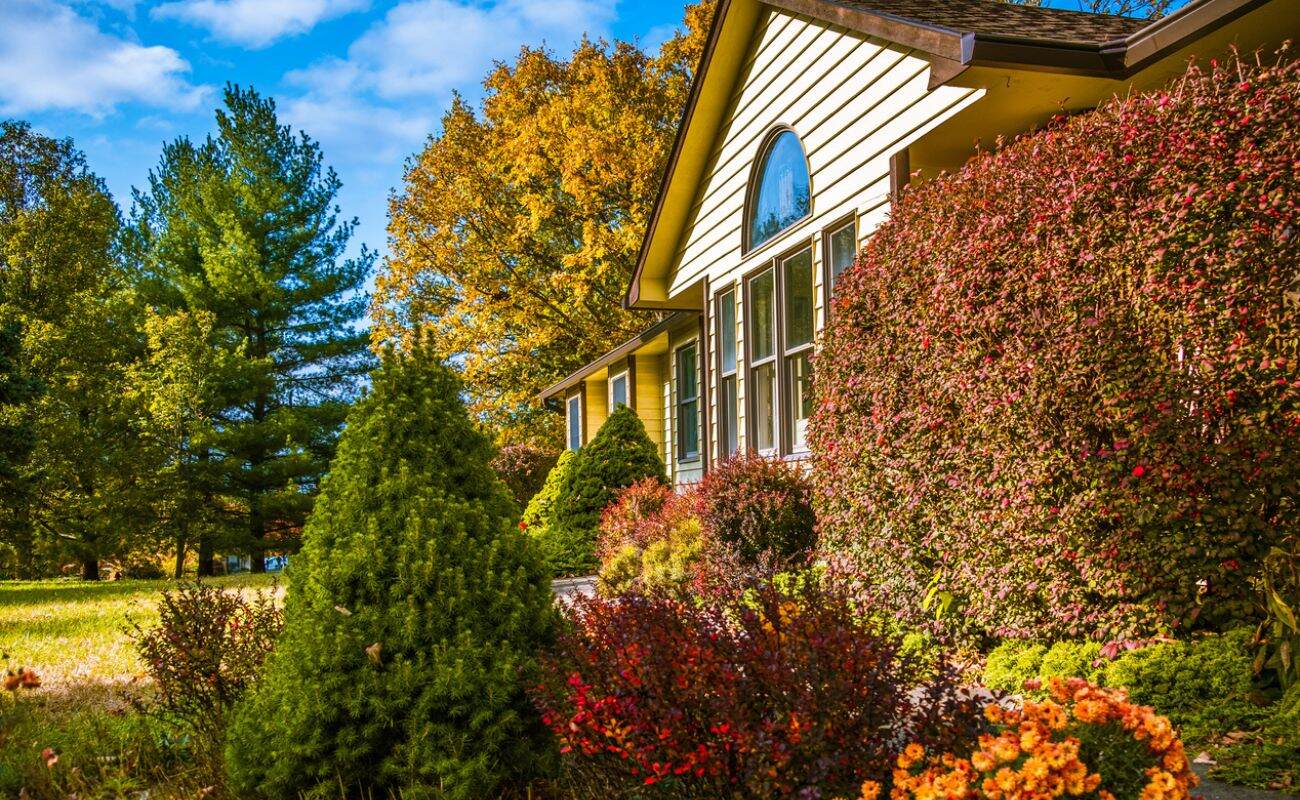
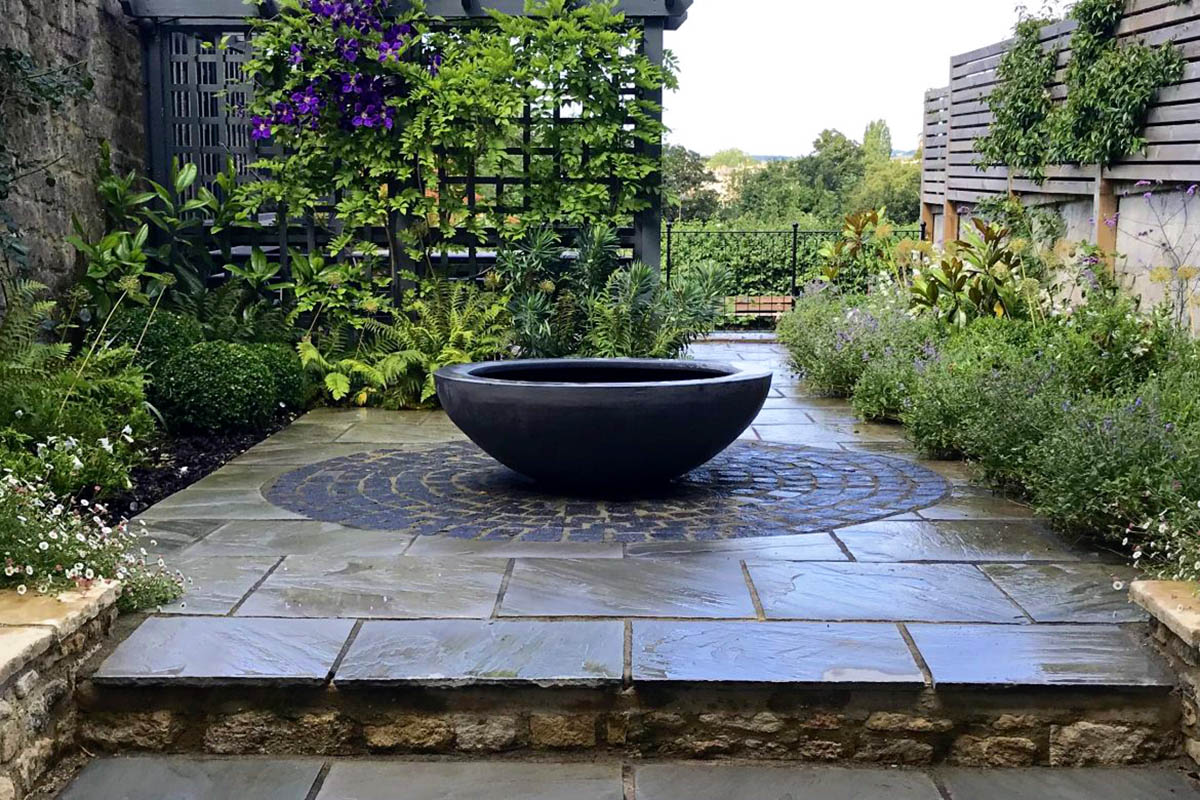

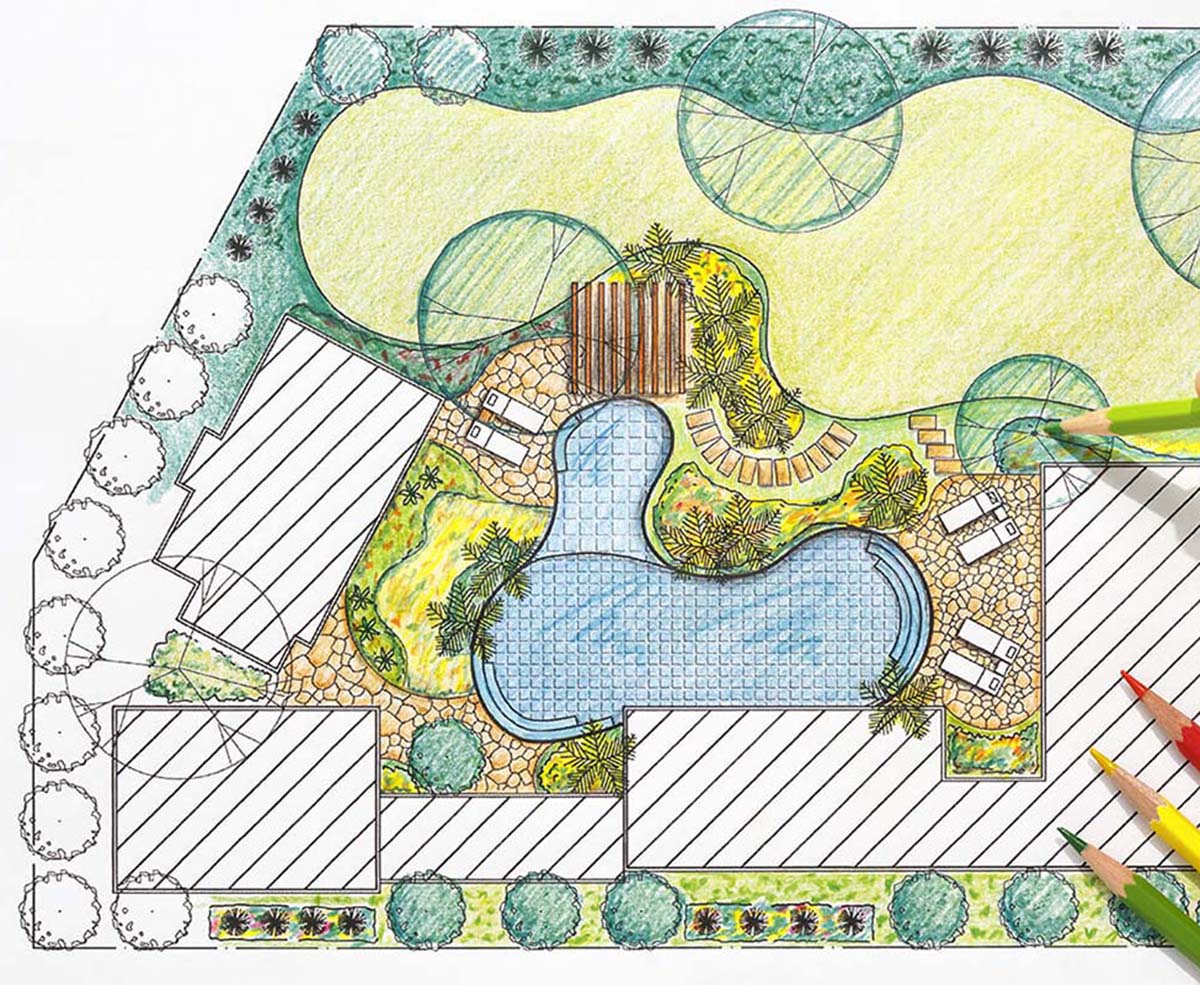
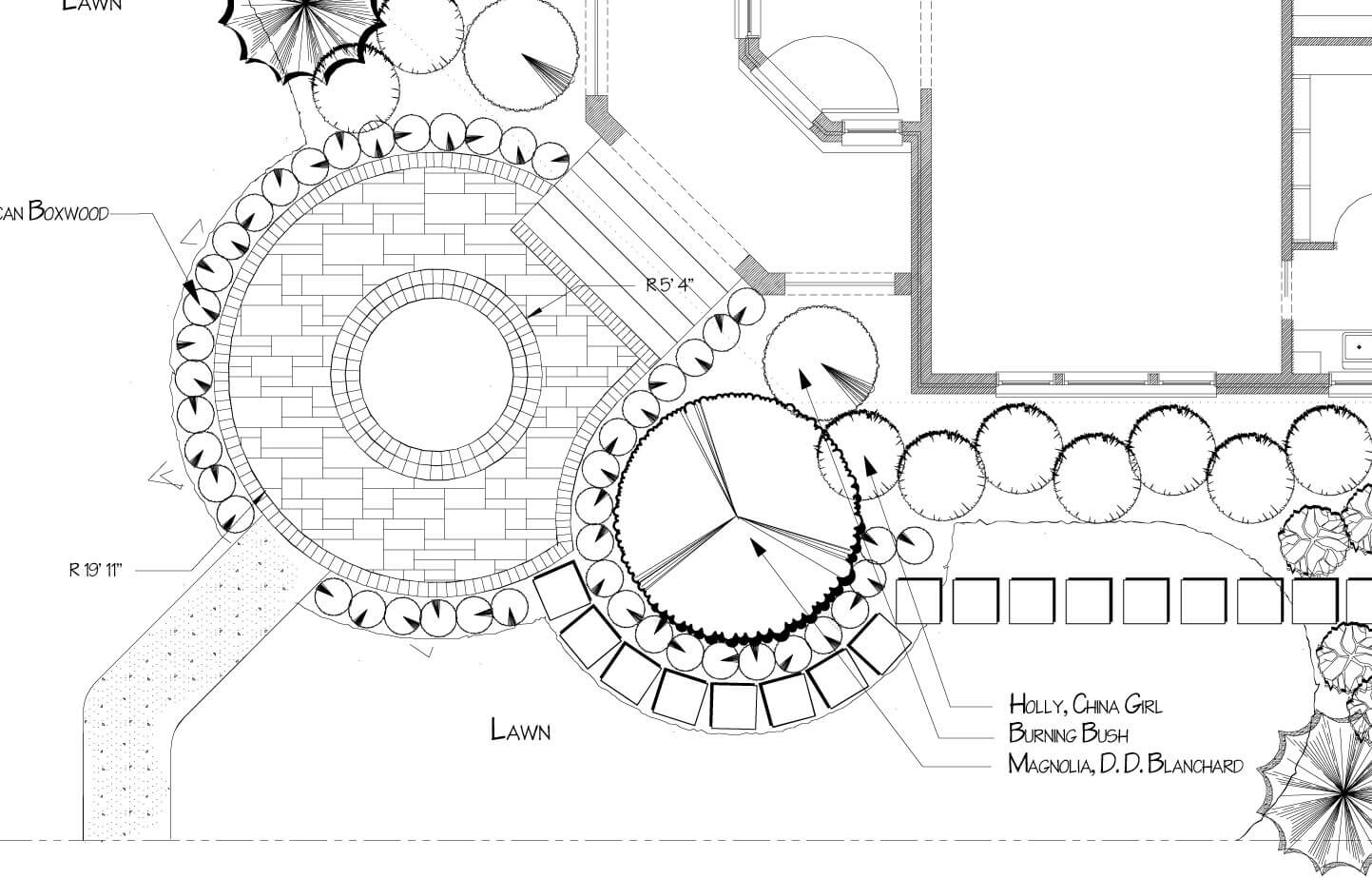
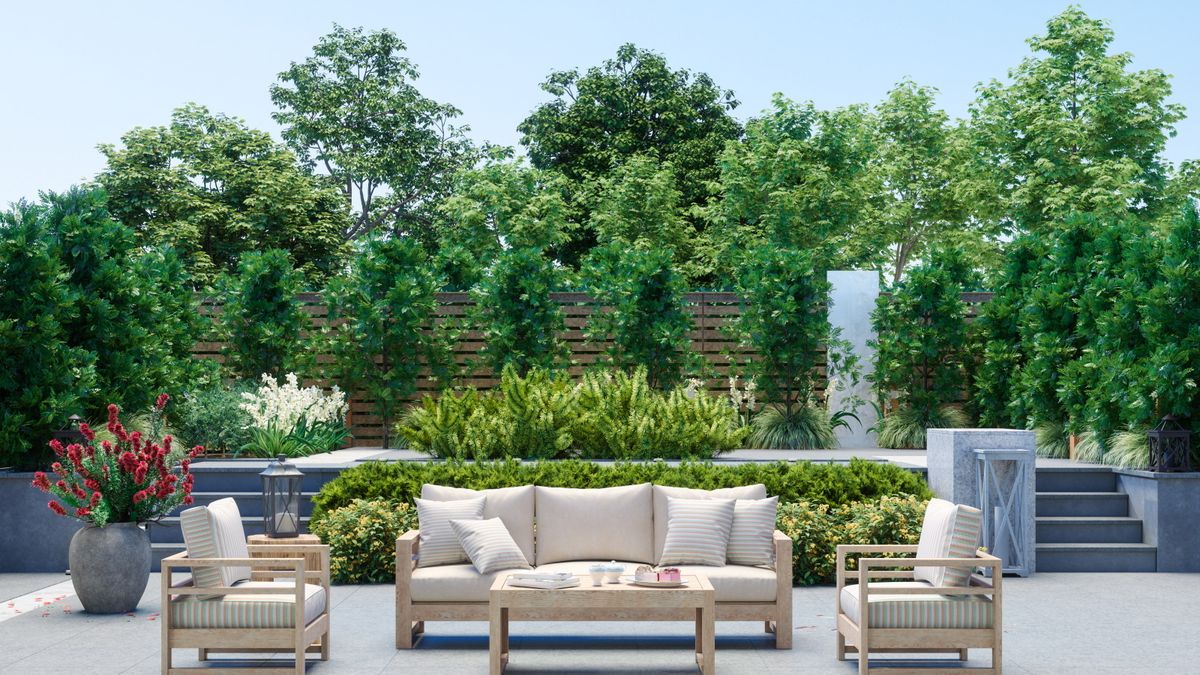
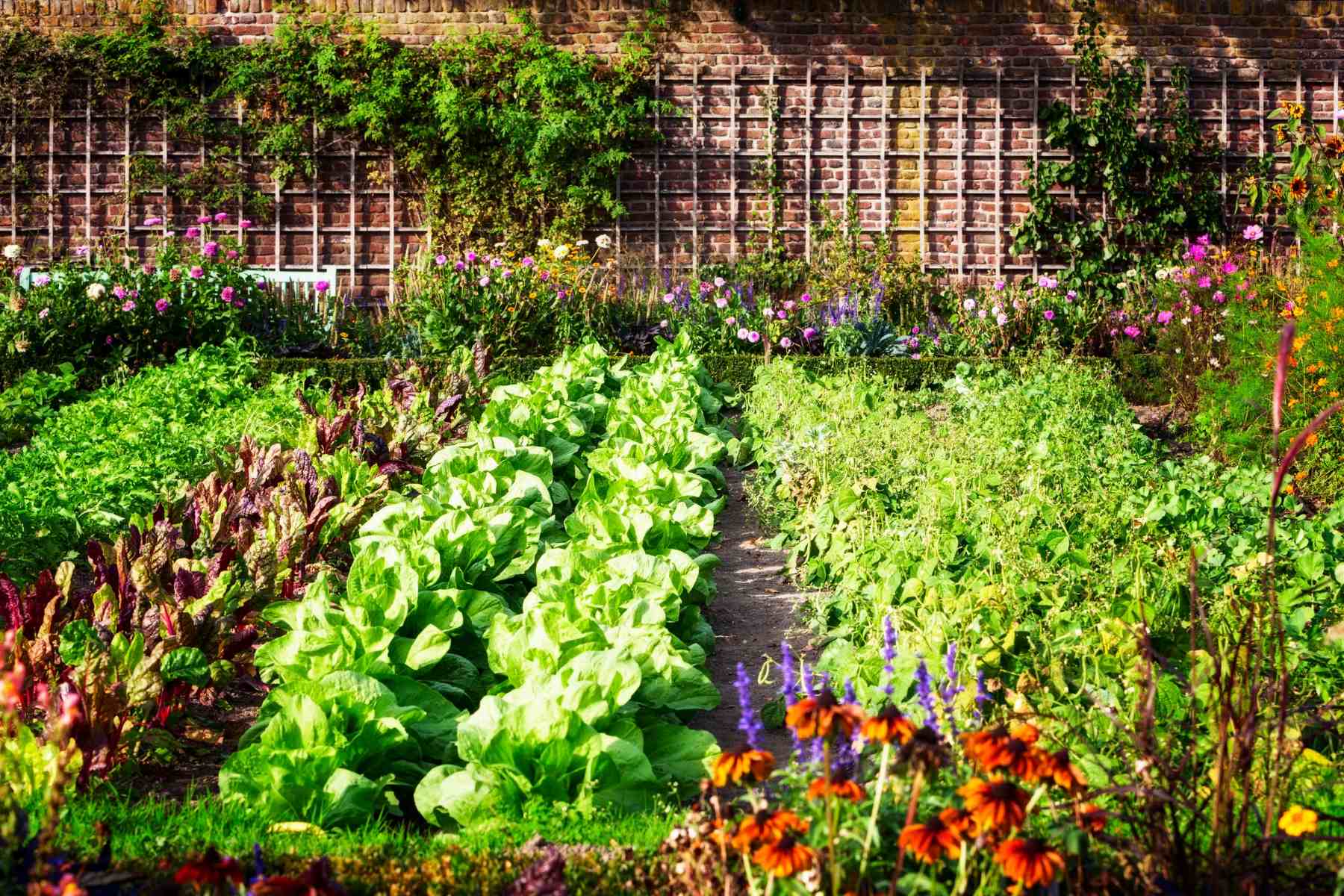

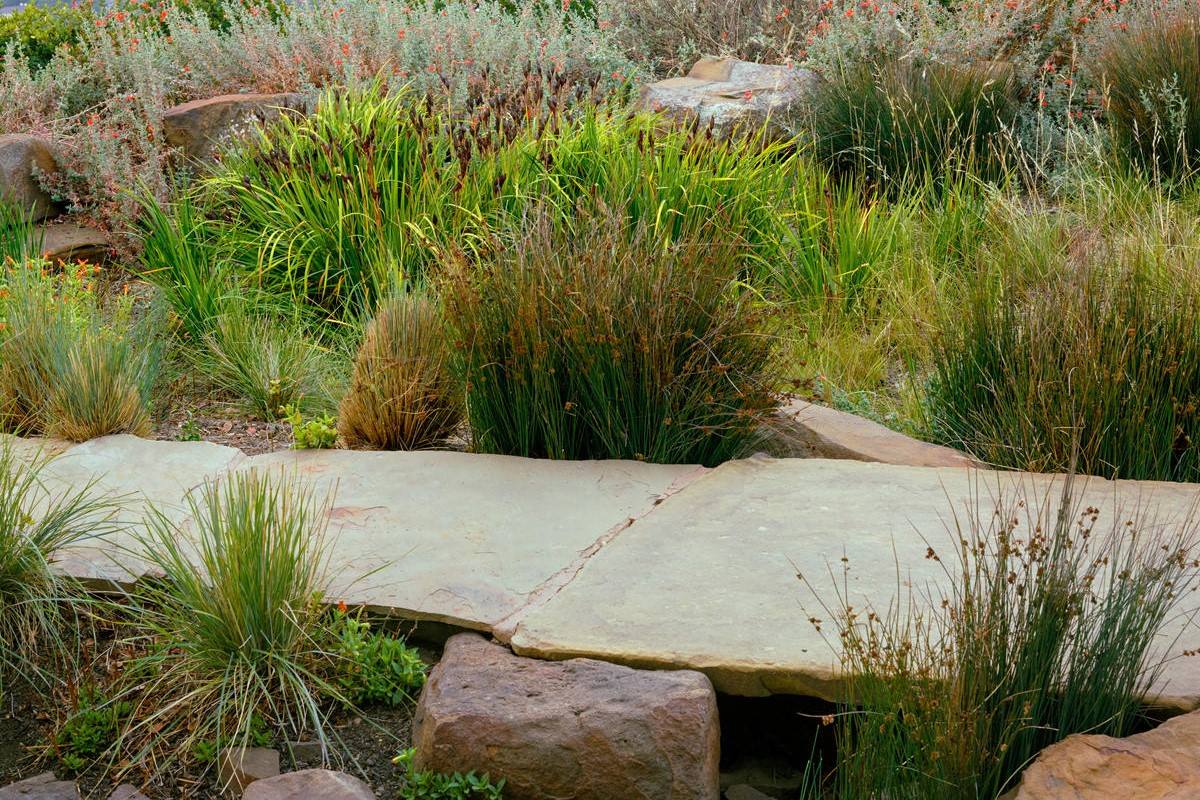


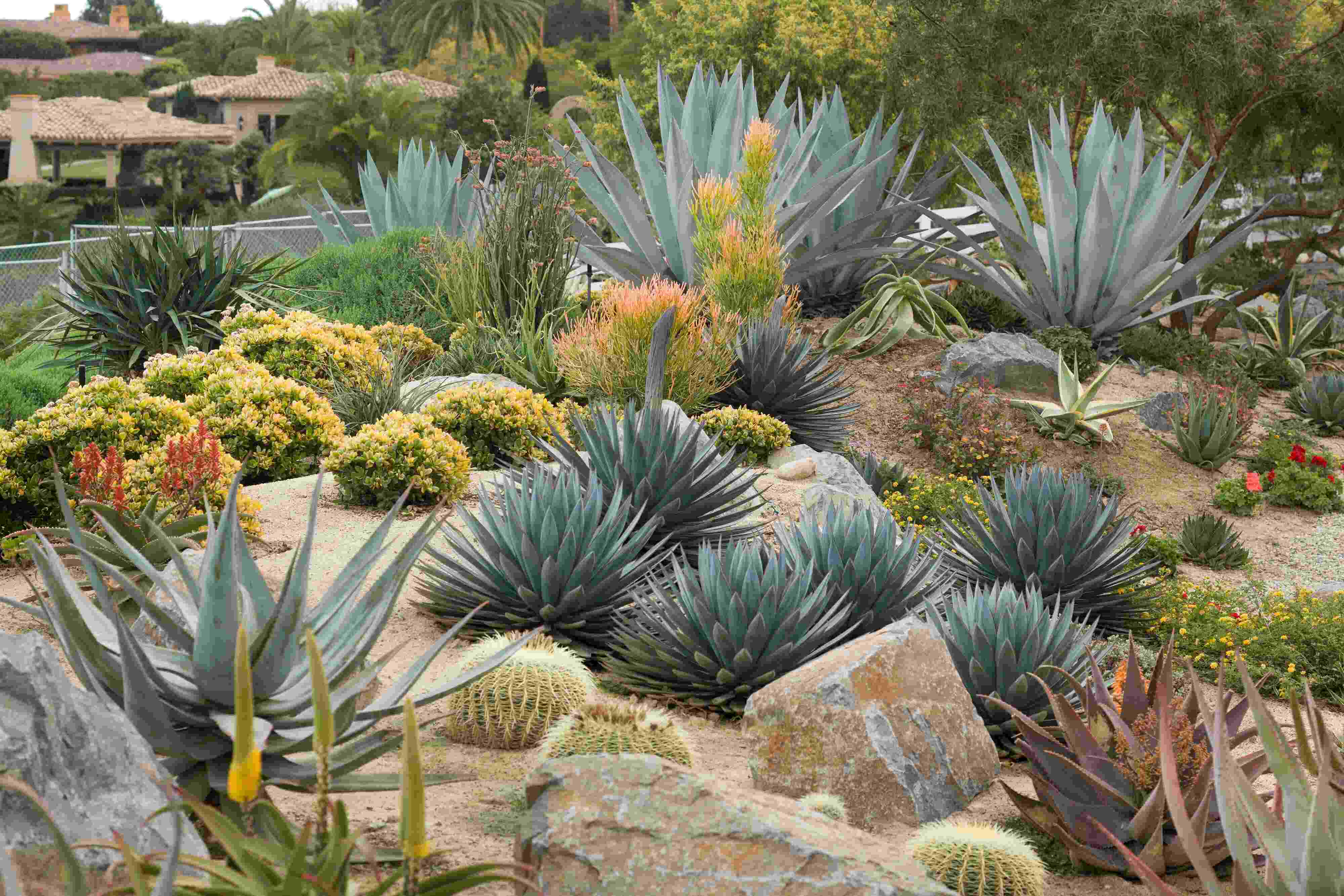

0 thoughts on “Landscape Design: How To Group Plants”